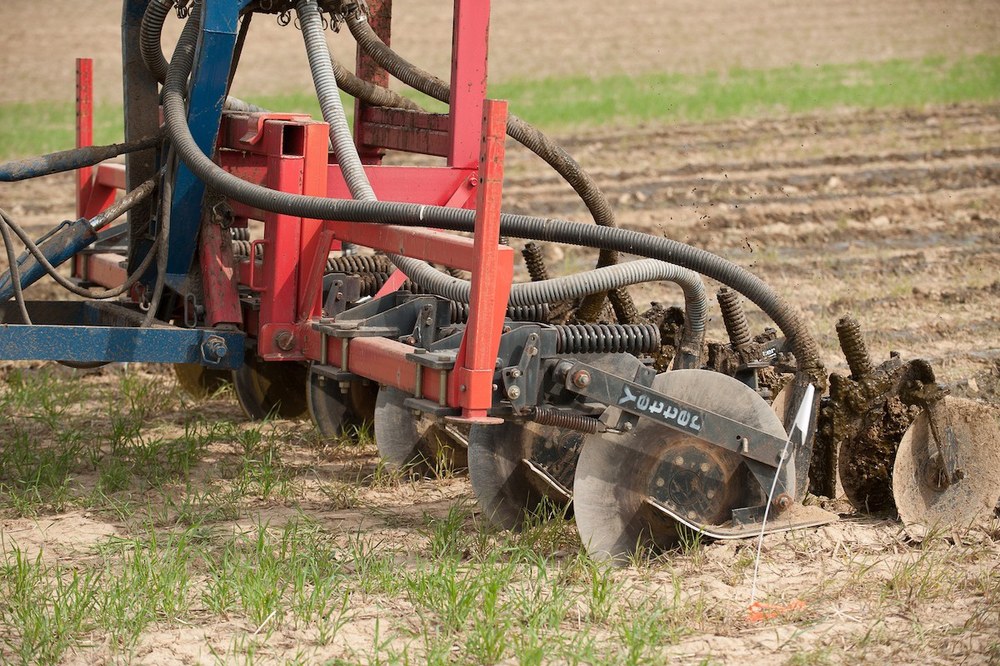Conservation dairy farming could help Pennsylvania meet Chesapeake target
Problem
Can dairy farms help minimize pollution of the Chesapeake Bay through conservation practices?
- Animal agricultural operations contribute a significant portion of the nutrient load that pollutes the Chesapeake Bay.
- Pennsylvania alone has more than 20,000 individual animal operations within the 64,000-square-mile watershed.
Findings
Researchers modeled nutrient and sediment loading to compare nonpoint pollution from typical and conservation farms and found that conservation-dairy-cropping scenarios improved water quality. The analyses showed reductions in sediment by 31 percent, nitrogen by as much as 53 percent, and phosphorus by as much as 45 percent. Conservation farms produce most of the cattle's feed and forage, use no-till planting, and have continuous diverse plant cover.
Impact
If most Pennsylvania dairy farms fully adopt conservation best management practices, the state may be able to achieve its water-quality target for the Chesapeake Bay.
Research Areas: Advanced Agricultural and Food Systems and Environmental Resilience
Research Credit
Team
- Heather Karsten, M. G. Mostofa Amin, Douglas Beegle, Peter Kleinman, and Tamie Veith
Participating Departments
Competitive Funding
- U.S. Environmental Protection Agency; USDA Pasture Systems and Watershed Management Research Unit; USDA NIFA Northeast Sustainable Agriculture Research and Education
Federal and State Appropriations
- USDA NIFA Hatch Project PEN4600, Accession #1009362
Emerging Discoveries
Conservation dairy farming could help Pa. meet Chesapeake target
Choosing most cost-effective practices for sites could save in bay cleanup
Published Research
Conservation dairy farming impact on water quality in a karst watershed in northeastern US.
- Amin, M. G. M., Karsten, H. D., Veith, T. L., Beegle, D. B., & Kleinman, P. J. (2018). Conservation dairy farming impact on water quality in a karst watershed in northeastern US. Agricultural Systems, 165, 187-196. https://doi.org/10.1016/j.agsy.2018.06.010
Office for Research and Graduate Education
Address
217 Agricultural Administration BuildingUniversity Park, PA 16802-2600
- Email agresearch@psu.edu
- Office 814-865-3136
Office for Research and Graduate Education
Address
217 Agricultural Administration BuildingUniversity Park, PA 16802-2600
- Email agresearch@psu.edu
- Office 814-865-3136


